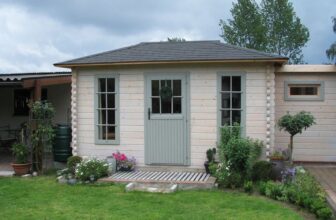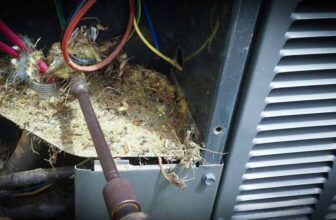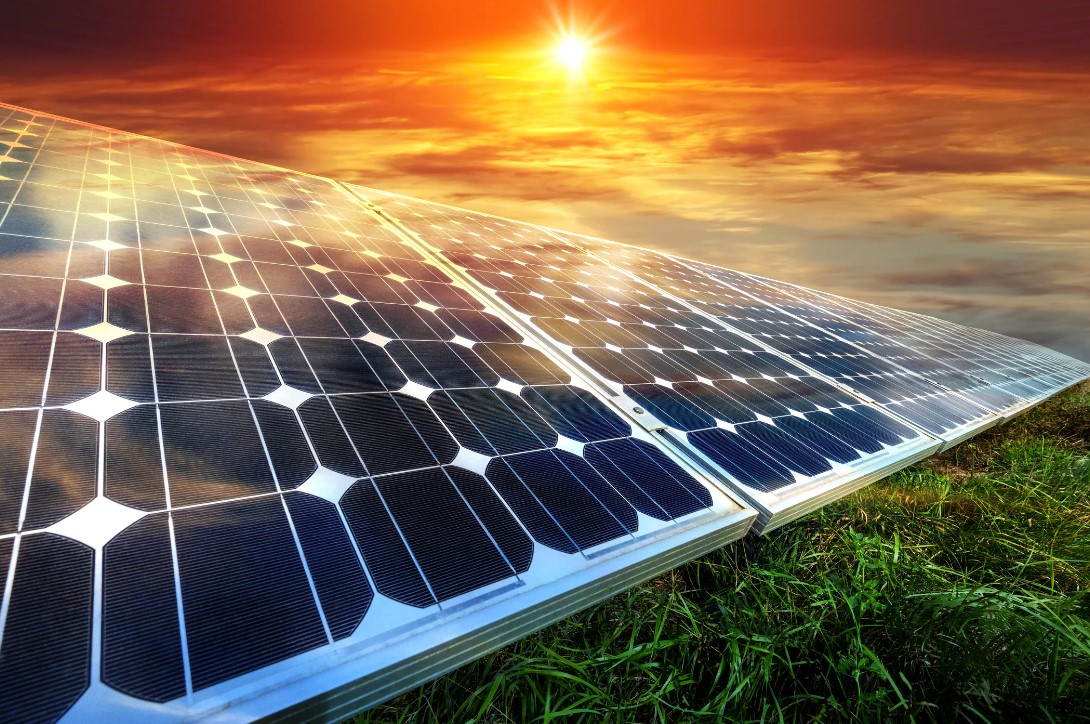
Switching to solar energy offers significant advantages, like reducing carbon emissions and lowering electricity costs. However, deciding on the best mounting system can be challenging. Many choices exist, such as panel size and roof or ground installation.
Worry not, as professional “solar installation near me” services explain the contrasts between roof-mounted and ground-mounted solar panels, including their costs, advantages, installation methods, and drawbacks.
Table of Contents
Flat-Roof Solar Panels
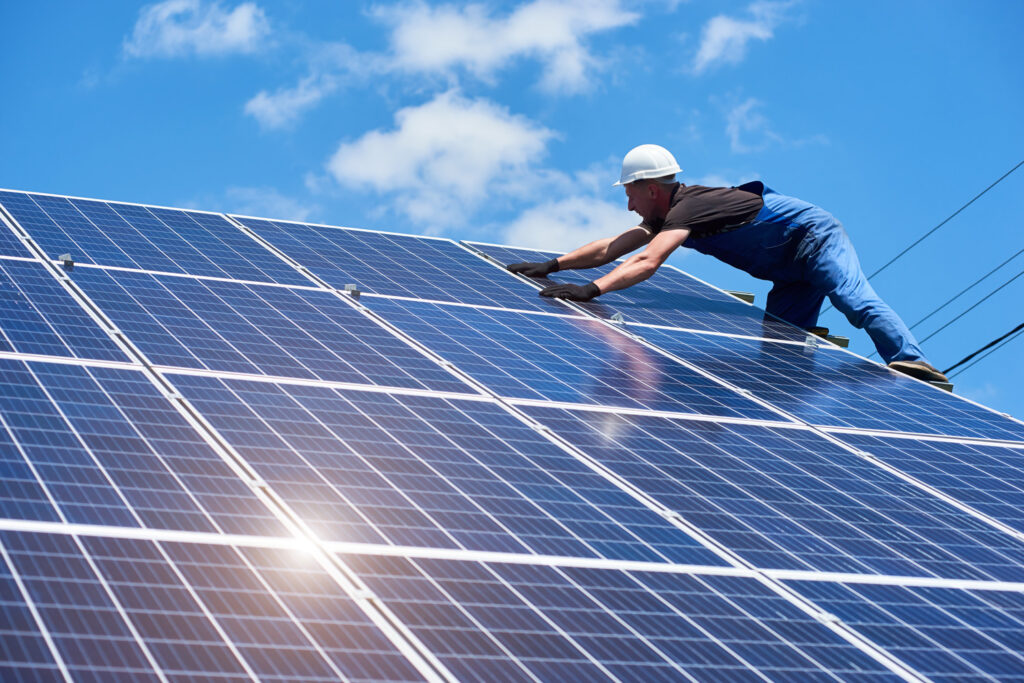
Source: dbsg.com
Flat-roof solar panels are a popular choice for properties with horizontal roofing. They offer several advantages, including easy installation and maintenance due to accessible roof space. Flat roofs provide panel placement and orientation flexibility, allowing optimal sun exposure.
However, there are considerations to keep in mind. Proper mounting and ballasting are essential to ensure stability and prevent water pooling. Flat roofs may require reinforcement to support the weight of solar panels and ballast.
Pros
- They’re budget-friendly as they only need fewer materials and have lower installation costs.
- They utilize unused roof space to maximize solar energy production.
- Getting permits for flat-roof solar setups is simple for easy installation.
Cons
- Mounting panels take more time due to additional securing needs.
- Cleaning and maintenance are harder because of limited accessibility, which requires specialized tools or skills.
- Hotter roofs can lower panel efficiency, which reduces energy output.
- Roof dimensions can limit how many panels can be installed.
- Panels might need removal during roof repairs, which can complicate maintenance tasks.
Ground-Mounted Solar Panels

Source: spiritenergy.co.uk
Ground-mounted solar panels are an alternative to rooftop installations, typically chosen when roofs are unsuitable due to steep slopes or inadequate space. While they often cost slightly more upfront due to additional equipment and installation requirements, ground-mounted systems offer advantages.
They allow precise positioning to maximize sun exposure, potentially increasing energy production and savings over time. Moreover, they are not constrained by roof orientation, allowing optimal panel alignment. However, they require ample space and suitable soil conditions for installation, making them unsuitable for all properties.
Pros
- They’re easy to clean and maintain since they’re on the ground.
- They have sturdy racks that withstand different weather conditions.
- You can put them anywhere, not just on the roof, for better sunlight exposure.
- They stay cooler, which means they produce more energy.
- You don’t have to remove them for roof repairs.
Cons
- It takes more work to install them compared to rooftop panels.
- They cost more upfront because of extra parts and labour.
- You’ll need more stuff for them to work, adding to the cost.
- Getting permission to install them can be complicated and pricey.
- You must have enough land to put them on, which might not work for everyone.
- They might not look as nice and could affect how your property looks.
Energy Efficiency and Generation Comparison
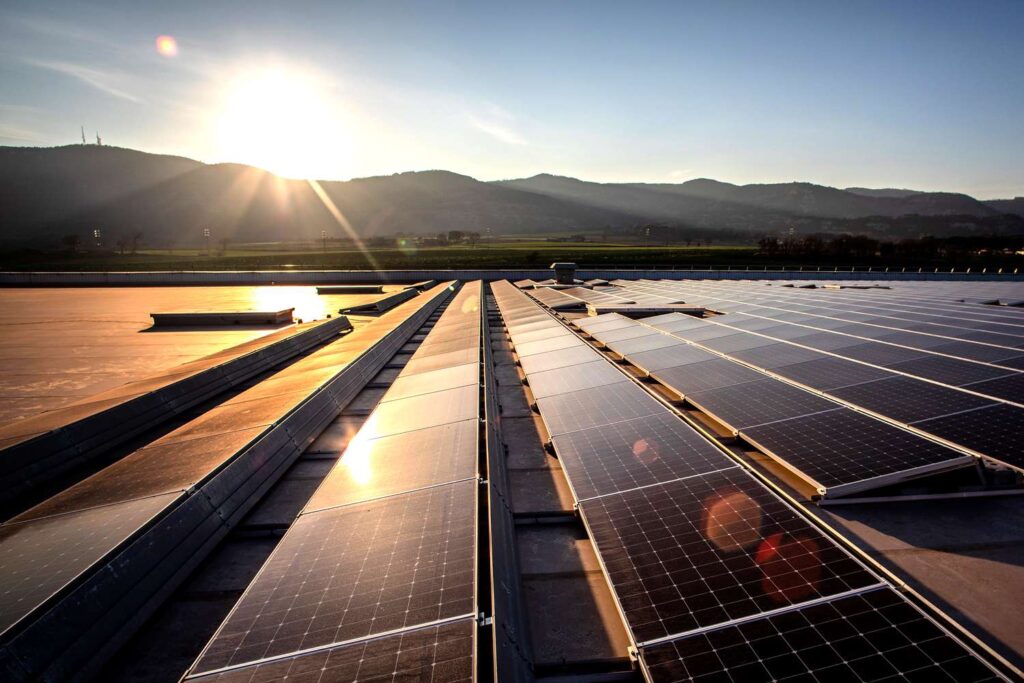
Source: treehugger.com
Comparing ground-mounted solar panels to flat-roof solar panels involves looking at a few important factors.
Ground-mounted panels have a big advantage because they can be adjusted to get the best sunlight exposure. They can tilt and turn to capture sunlight efficiently all day long. This makes them great for places with changing sunlight and can make more energy than flat-roof panels. They’re also perfect for big projects like solar farms because there’s a lot of space, and they can be adjusted easily.
On the other hand, flat-roof panels are great at using space efficiently. They use the rooftop, so there’s no need to find extra land or do groundwork, which saves money. Even though they can’t adjust like ground-mounted panels, they can still make a lot of energy by setting them up just right based on where they are and how the sun moves.
Environmental Impact and Costs
Regarding environmental impact, ground-mounted solar installations may have a larger footprint, requiring land clearance and potential habitat disruption. Conversely, flat-roof installations efficiently use existing structures without encroaching on additional land.
From a cost perspective, ground-mounted systems typically involve higher upfront expenses due to land and structural requirements, whereas flat-roof installations offer cost-effective solutions by utilizing available roof space.
Maintenance Considerations
Maintenance is an important aspect of solar panel ownership, regardless of installation type. While ground-mounted systems may offer easier accessibility for cleaning and maintenance tasks, flat-roof installations can be managed effectively with proper planning and equipment.
Regular inspections and cleaning schedules are essential for maximizing the longevity of solar panels, regardless of their mounting configuration.
Verdict
Both ground-mounted and flat-roof solar panel setups have their pros and cons. However, for many property owners, flat-roof installations offer the best mix of benefits. They make smart use of space, look good, and work efficiently.
But flat-roof solar panels offer a more sustainable and money-saving solution. Choosing between ground-mounted and flat-roof setups depends on space, money, and the environment. But no matter which you pick, investing in solar power is a big step towards a cleaner, greener future.
Are you searching for reliable “solar installation near me” services? Look no further. MAG Solar is here to help you effortlessly and effectively set up solar panels for your home. Contact us today for all your solar needs.
Frequently Asked Questions
What Are the Factors Affecting the Lifespan of Ground-Mounted and Flat-Roof Solar Panels?
Ground-mounted panels are susceptible to wear and tear from environmental factors like soil erosion but typically have fewer issues with shading or debris accumulation. While, flat roof panels’ lifespan is influenced by the condition of the roof, potential for roof leaks, and exposure to weather elements such as wind and hail.
How Do Shading and Obstruction Issues Differ Between Ground-Mounted and Flat Roof Panels?
Depending on the site location, ground-mounted panels may encounter shading from nearby trees, buildings, or structures. Meanwhile, flat roof panels’ shading can be caused by roof features like chimneys, vents, or HVAC equipment, as well as neighboring buildings or tall vegetation.
Can I Install a Hybrid System Combining Both Ground-Mounted and Flat-Roof Panels?
Yes, hybrid systems combining ground-mounted and flat roof panels are feasible in certain situations. Consult with a solar energy provider to design a customized system that maximizes energy efficiency and space utilization.




